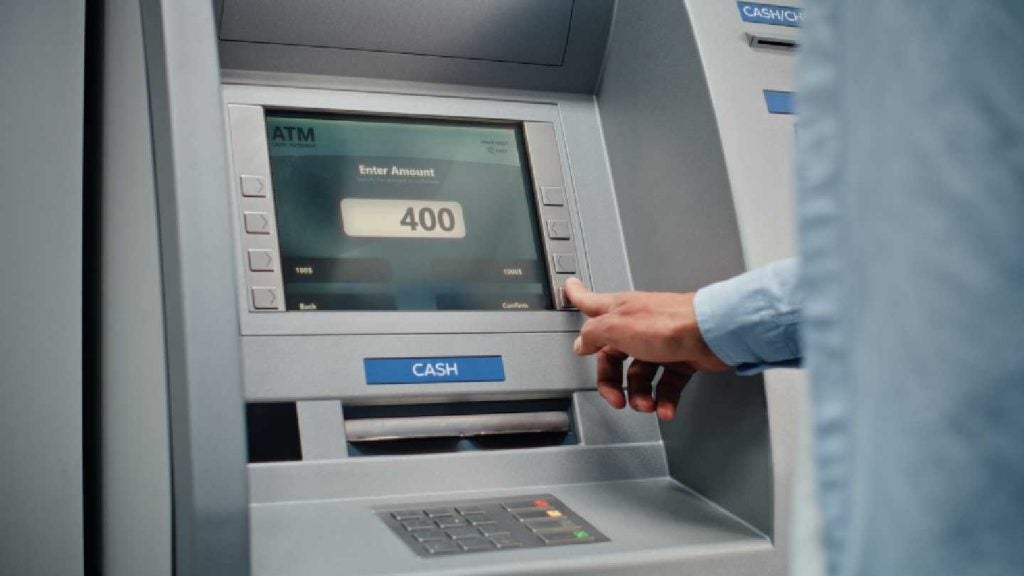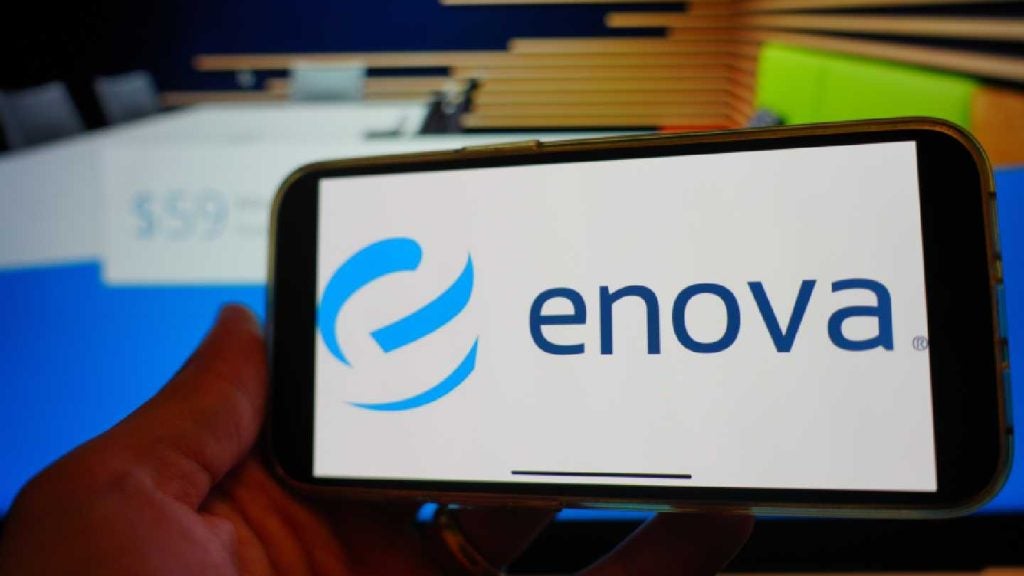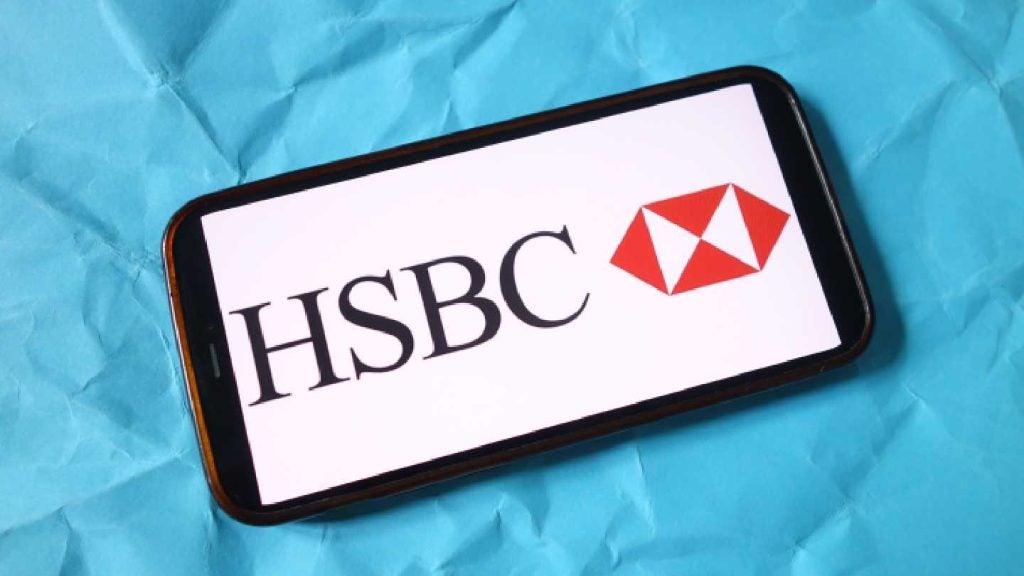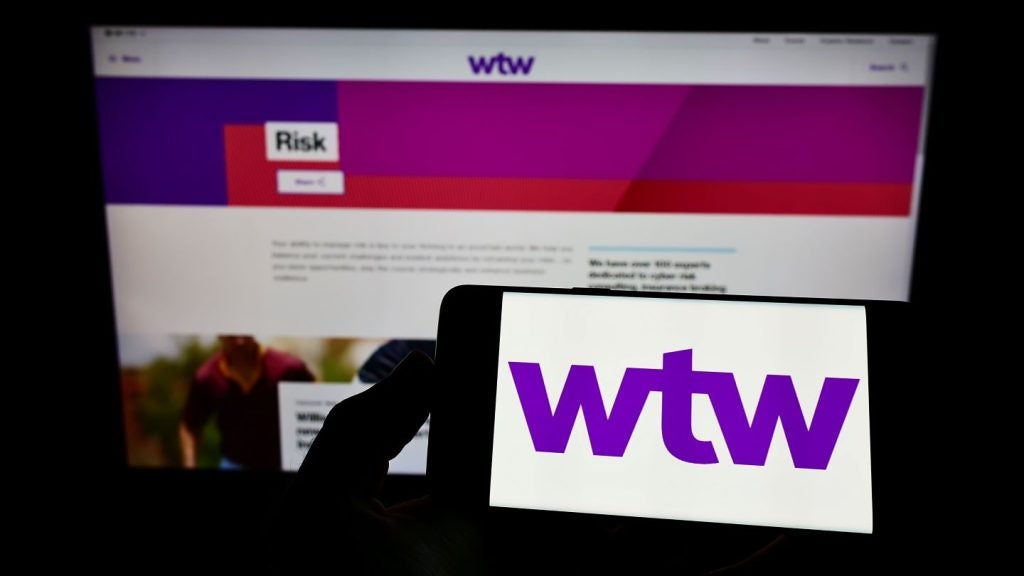The growth in internet
banking continues apace, with one in three Europeans using the
online channel and by 2020, the figure may hit 60%. But evidence
from Germany suggests that the internet has a much bigger role as a
source of information than as either a transaction or sales
channel. Douglas Blakey reports.
Although over 80% of retail
banking sales in Germany are still signed in-branch – with just 11%
concluded online – the online channel is growing fast. In the last
five years its share of new contracts has increased by around
60%.
According to a report from
Deutsche Bank, market researchers GfK and search engine Google,
Digital economy and structural change, the large numbers
of contracts signed in branches mask the key role the internet
plays in shaping the purchasing process.
Very few customers sign a
loan agreement or follow-up financing agreement without having
trawled through the internet to find the best deal.
This phenomenon – the ROPO
effect (research online/purchase offline) – was assessed as 48.6%
of all new contracts.

US Tariffs are shifting - will you react or anticipate?
Don’t let policy changes catch you off guard. Stay proactive with real-time data and expert analysis.
By GlobalDataOn average, an online
research process lasts seven and a half weeks with customers
visiting an average of 43.1 webpages on 3.8 different domains
before signing a contract.
Yet behind these averages,
there is an interesting pattern: 30% of customers start researching
at a relatively late on, mostly two to three weeks before signing
the contract.
For another 30% of customers
however, the research process lasts 13 or 14 weeks, or
longer.
In a three-month period, more
than 60% of all internet users surf on websites containing
financial topics; 20% submit financial search queries on search
engines such as Google.
Prior to signing a new
contract for a financial product 59.4% of internet users conduct
online research. Overall, users spend an average of 1 hour and 11
minutes per quarter looking into financial topics online –
regardless of whether they sign new contracts or not.
The results highlight the
importance of the internet for financial topics – even leaving
aside online banking and new sales.
Brands as
signposts
The brands of financial
institutions and familiar sources of information serve as reference
points for bank customers. For instance, far more internet users
visit a financial website (64.6%) than make the corresponding
search queries (20.1%).
This means many customers
enter the URLs for the pages they require straight into the
browser, use bookmarks or follow links from other sites.
The importance of brands as
signposts and target addresses is also reflected in the type of
terms used in financial search queries: in 73.1% of all search
queries internet users utilise only brand names.
Nearly 25% use generic
product categories (such as fixed-term deposits), the remainder are
combinations of brands and products.
More than 25m Germans use the
internet for online banking – around 41% of bank customers in
Germany, with no sign of the figure reaching saturation
point.
Across Europe, Nordic countries are home to the most
enthusiastic online bankers with adoption rates of 62-77%. The
European core Germany, France, UK) constitutes a second cluster
with rates between 35 to 54%. Most countries with adoption rates
below 32% are in Southern and Eastern Europe, with a final group
where online banking has barely taken hold.









